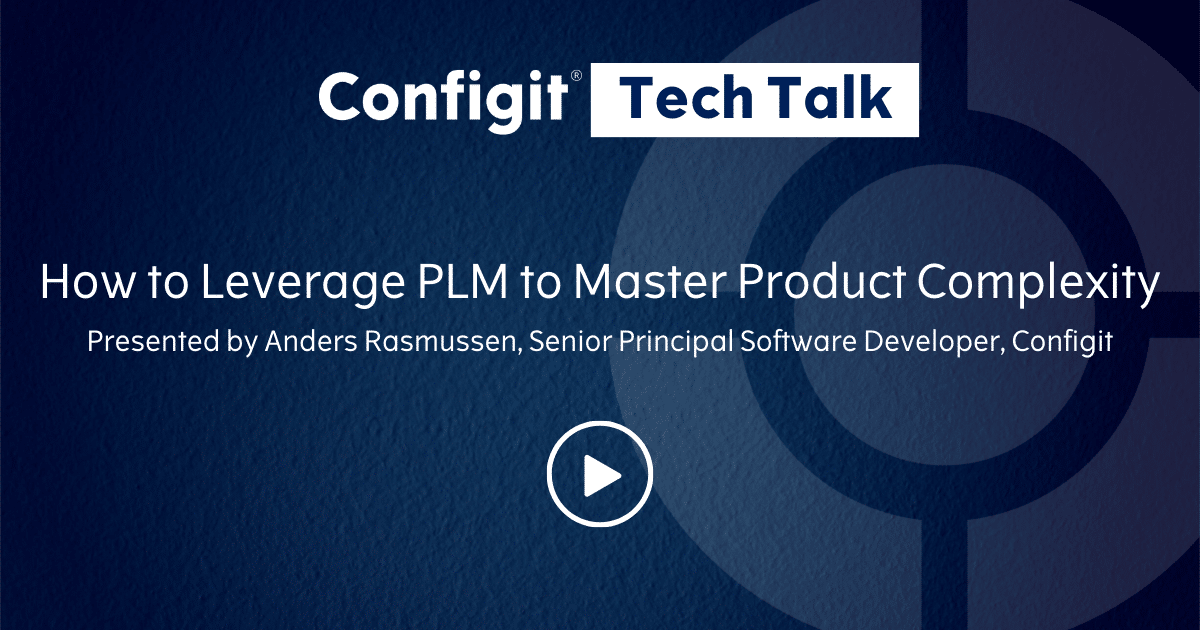Over the last number of years, B2B manufacturers have made considerable investments in digital transformation initiatives. COVID-19 accelerated many of these initiatives, giving executives the confidence to embark on more ambitious transformation projects.
But not all digital transformation initiatives are created equal. Some are driven by company-wide, end-to-end improvement goals, typically related to increasing process efficiency or customer experience. Others are focused on specific pains or challenges that can benefit from a digital solution.
This leads to differences in how solutions are architected and implemented. A monolithic solution approach is often used for end-to-end process improvement initiatives. But even the most comprehensive monolithic solution has its limitations. Alternatively, a best-of-breed approach can be adopted by integrating multiple systems, but this often leads to greater complexity. Point solutions can be used to address specific pains or manufacturing industry challenges, but can result in multiple, disjointed solutions.
In all these cases, manufacturers run the risk of building multi-layered, volatile foundations that can quickly become burning platforms.


